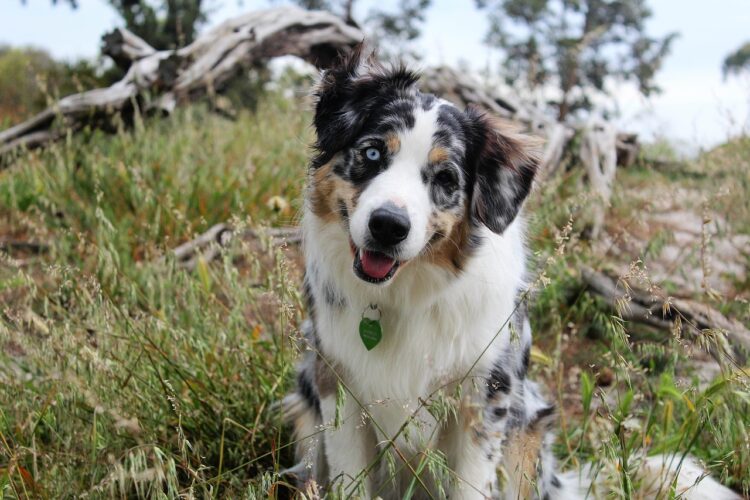Part Two: Lessons in Etiquette
Putting It All Together
In Part One of this series, we talked about the steps you should take to set your dog up for success when you leave home. This week, we wanted to focus on real-life strategies to make your outings more enjoyable for everyone.
Pick the Right Tools
 Whether you’re heading into the hustle and bustle of the city or wide-open spaces in the country, planning is key.
Whether you’re heading into the hustle and bustle of the city or wide-open spaces in the country, planning is key.
To start, you need a good leash and harness or halter so you can properly control your dog in any situation. As enticing as retractable or elastic leashes may seem, these options provide little control over dogs and can even lead to accidents. Instead, look for 6-foot leashes or adjustable systems, like this option from Leashes by Liz. And, while it’s tempting to let your dog run free, always observe leash laws and never set your dog loose if they don’t have a reliable recall.
Last up, don’t forget poop bags for cleaning up after your dog, treats for rewarding good behavior, and water on hot days. Using a gear belt can make sure you’re always ready at a moment’s notice and prepared for any adventure.
Watch for Cues
As humans, we often miss the subtle signals dogs share about what they’re thinking or feeling. It can be even easier to overlook these messages in exciting, new, or different environments. Unfortunately, when we miss the subtle cues, they can escalate to bigger ones, like snapping, lunging, or biting.
In Part One, we talked about how being a good leader means keeping your dog’s temperament in mind whenever you leave home. You can take this to the next level by watching their body language and “listening” to what they’re trying to tell you. For example, did you know that a wagging tail doesn’t always mean a dog is happy and friendly?
Paying attention to these cues so you can respond to your dog’s needs in the right way can help strengthen your bond and improve behavior on each of your outings.
Encourage Good Behavior
No matter how much you love your dog, they can still cause frustration from time to time. However, putting all of these strategies into play creates a solid foundation for better behavior on both ends of the leash.
The next time you prepare to head out with your dog, remind yourself to:
- Focus on them
- Consider their personality
- Create clear expectations
- Pick the right tools
- Watch for cues
And you’ll be on your path to good behavior from the start.

